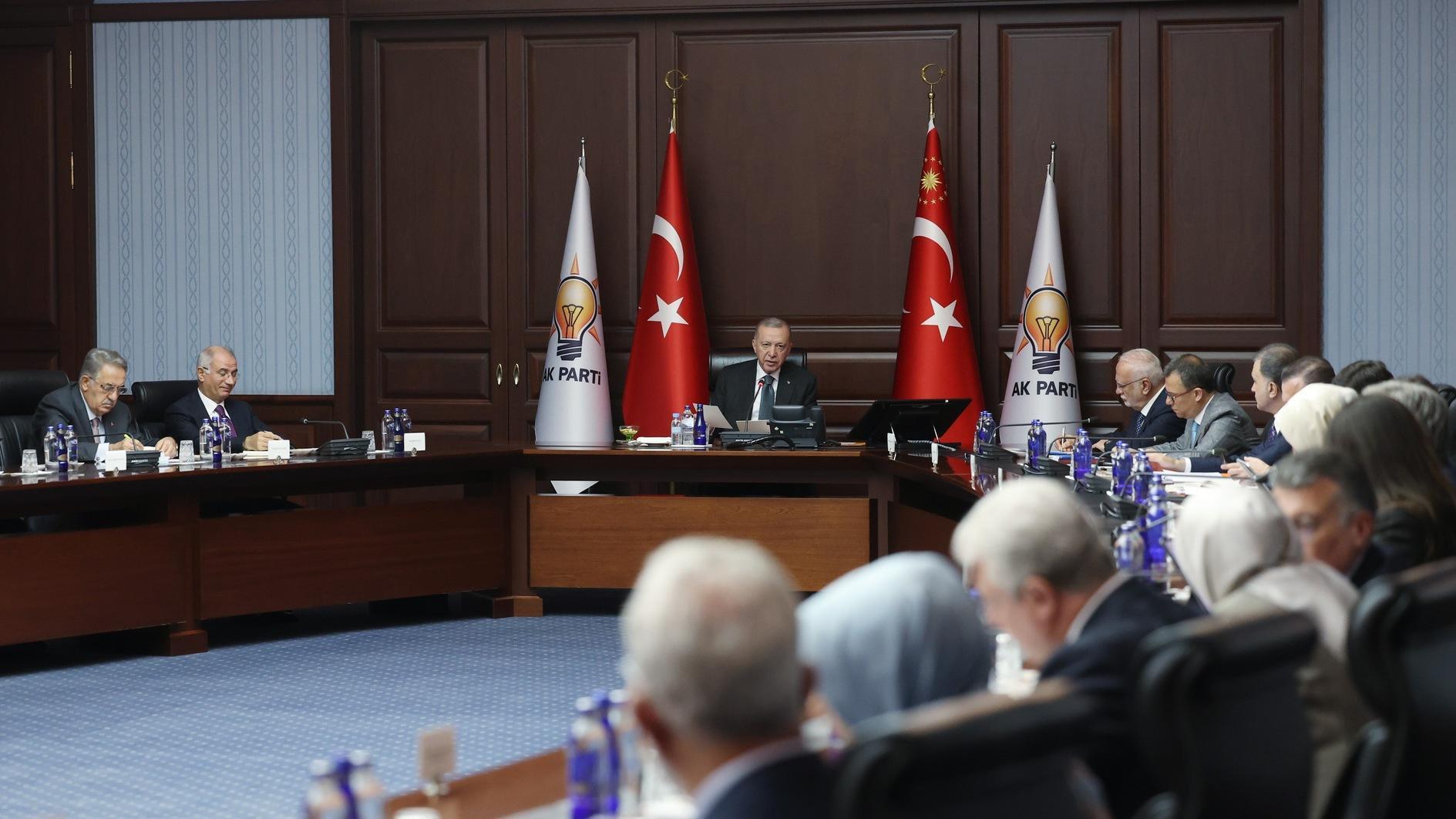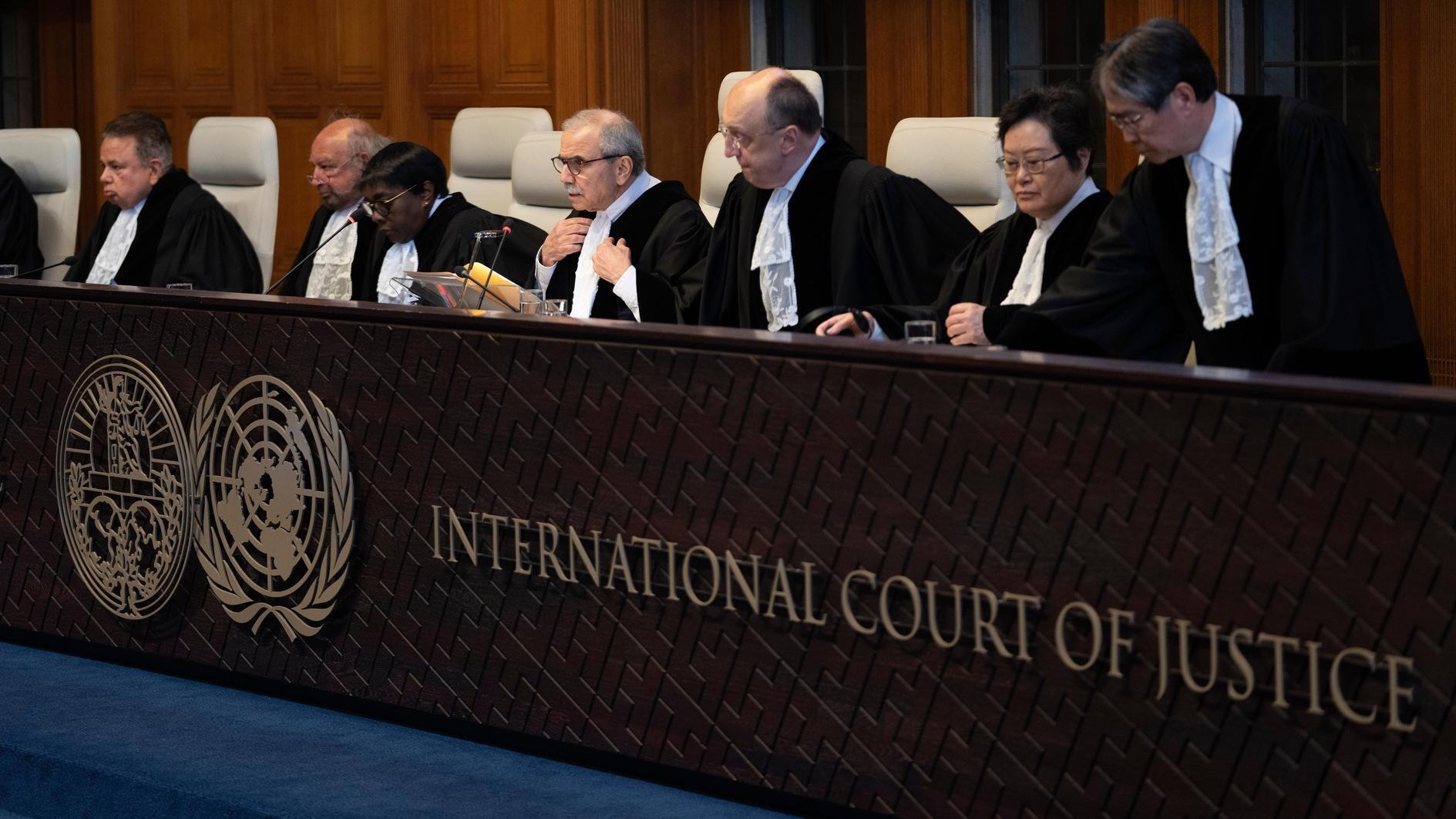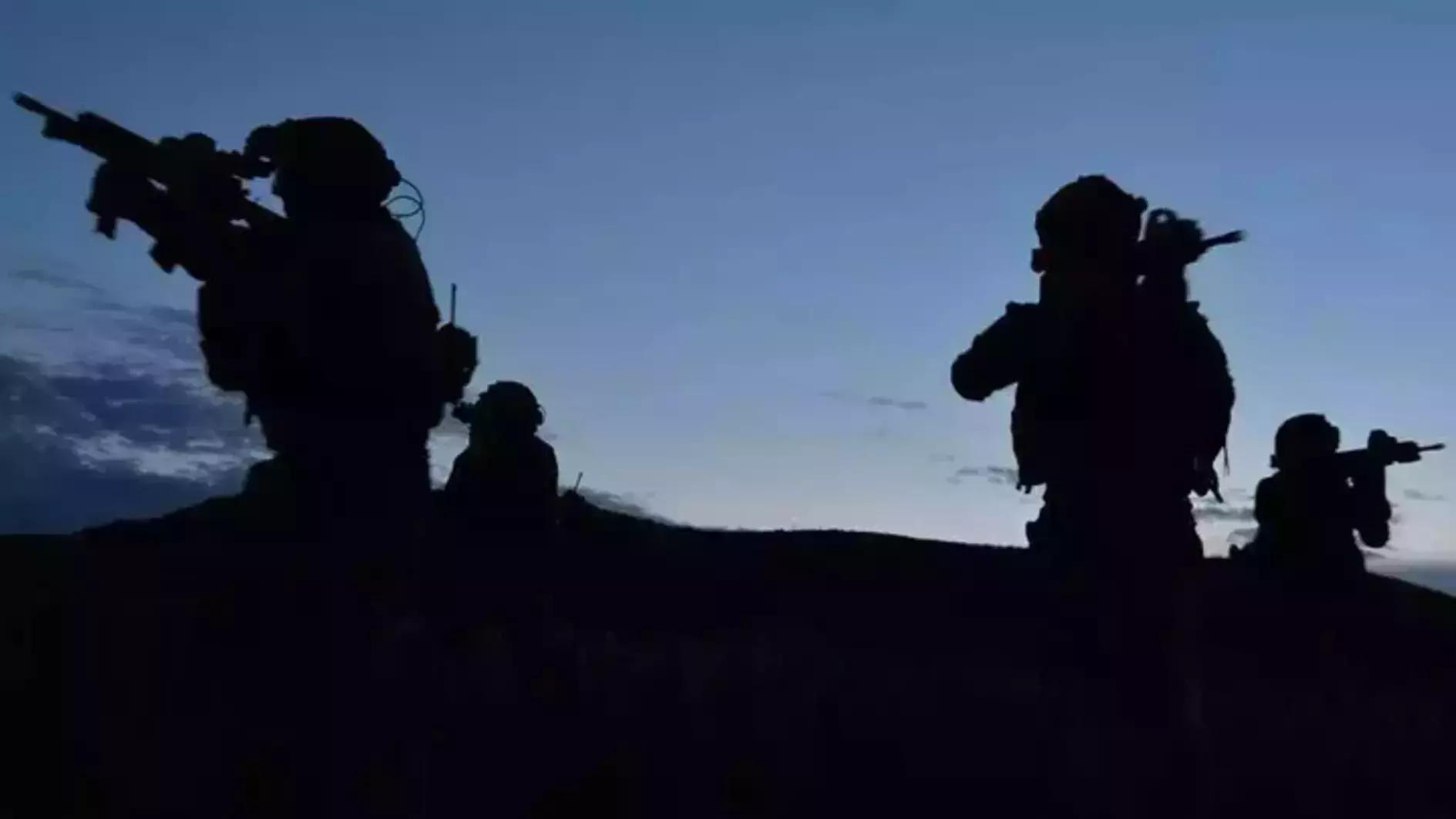A Turkish Great Wall between China and the U.S. (II)
The summary section of Public Notice 8184 of the U.S. Department of State puts it clearly, despite the usual bureaucratic language: “A determination has been made that a number of foreign persons (and companies) have engaged in activities that warrant the imposition of measures pursuant to ... The Iran, North Korea, and Syria Nonproliferation Act. The Act provides for penalties on entities and individuals for the transfer to or acquisition from Iran, Syria and North Korea of goods, services, or technology controlled under multilateral control lists or otherwise having the potential to make a material contribution to the development of weapons of mass destruction, or cruise or ballistic missile systems.”
The entities listed in Public Notice 8184 include the China Precision Machinery Import and Export Corp. (CPMIEC), which Turkey selected for the construction of its first long-range air and anti-missile defense architecture.
On Wednesday, I tried to warn of the potential consequences for the Turkish defense companies that may act as subcontractors to CPMIEC. When I began writing that piece I did not know this was going to be a discussion beyond the space limitations of a single column (see “A Turkish Great Wall between China and the U.S.,” this column, Nov. 20, 2013).
Apparently, any Turkish company involved in the CPMIEC-led work to build an air defense architecture would automatically become a “suspect” for the U.S. government, with possibly serious corporate/legal consequences.
Any procurement/use of U.S.-made or U.S.-designed “good, technology or services” for the Turkish air defense program would simply be impossible, even through non-U.S. sources. It just does not make practical sense that a Turkish company may be authorized to use U.S. technology to interface a Turkish item with a CPMIEC-designed item.
According to U.S. laws, Turkish companies involved in this program will have to demonstrate that any U.S.-origin item they may procure, or any U.S.-design equipment or service they may wish to use, is not used anywhere in this program and may not be compromised/accessed by the Chinese.
Perhaps not many defense bigwigs in Ankara are totally aware of it, but Turkish companies and their personnel will have to fully cooperate with the U.S. government to assess if CPMIEC provided any items containing U.S. goods or technology.
Turkish companies working on U.S. products or technology will be subject to intense scrutiny, and may be requested to comply with stringent security measures to ensure a Chinese wall exists between U.S. technology-related activities and CPMIEC. Typically, it would mean separate plants and personnel and therefore additional costs and delays on the whole supply chain.
In a more extreme but not unlikely case, the U.S. may freeze access to U.S. goods and technology to any Turkish entity involved in the air defense program. In case of breach of U.S. regulations or refusal to cooperate, U.S. legislation allows for a vast array of sanctions such as the termination of contracts and licenses involving U.S. technology, blacklisting of companies and personnel and even freezing of assets on U.S. soil.
U.S. sanctions, especially targeting breaches on nonproliferation, often carry significant doses of deterrence. One may or may not like them, but as the Americans say, “facts of life.” NATO ally Turkey may suddenly recall its sovereign rights and decide to go ahead with the Chinese in this critical defense program. All it will have to do as a big, important, sovereign state is to defeat U.S. sanctions and convince its American friends that there would be nothing wrong if Ankara attempted to connect a Chinese system into NATO’s allied air defenses. So simple!
Meanwhile, one of the justifications of choosing the Chinese over U.S. and European rivals was “limitless Chinese technology transfer to Turkey.” Is that really the case? Would the gentlemen who keep the secret files of the competition be kind enough to share with the public what score did each bidder make in technology transfer (industrial participation and offsets)? Could “limitless Chinese technology transfer” be a big lie?










